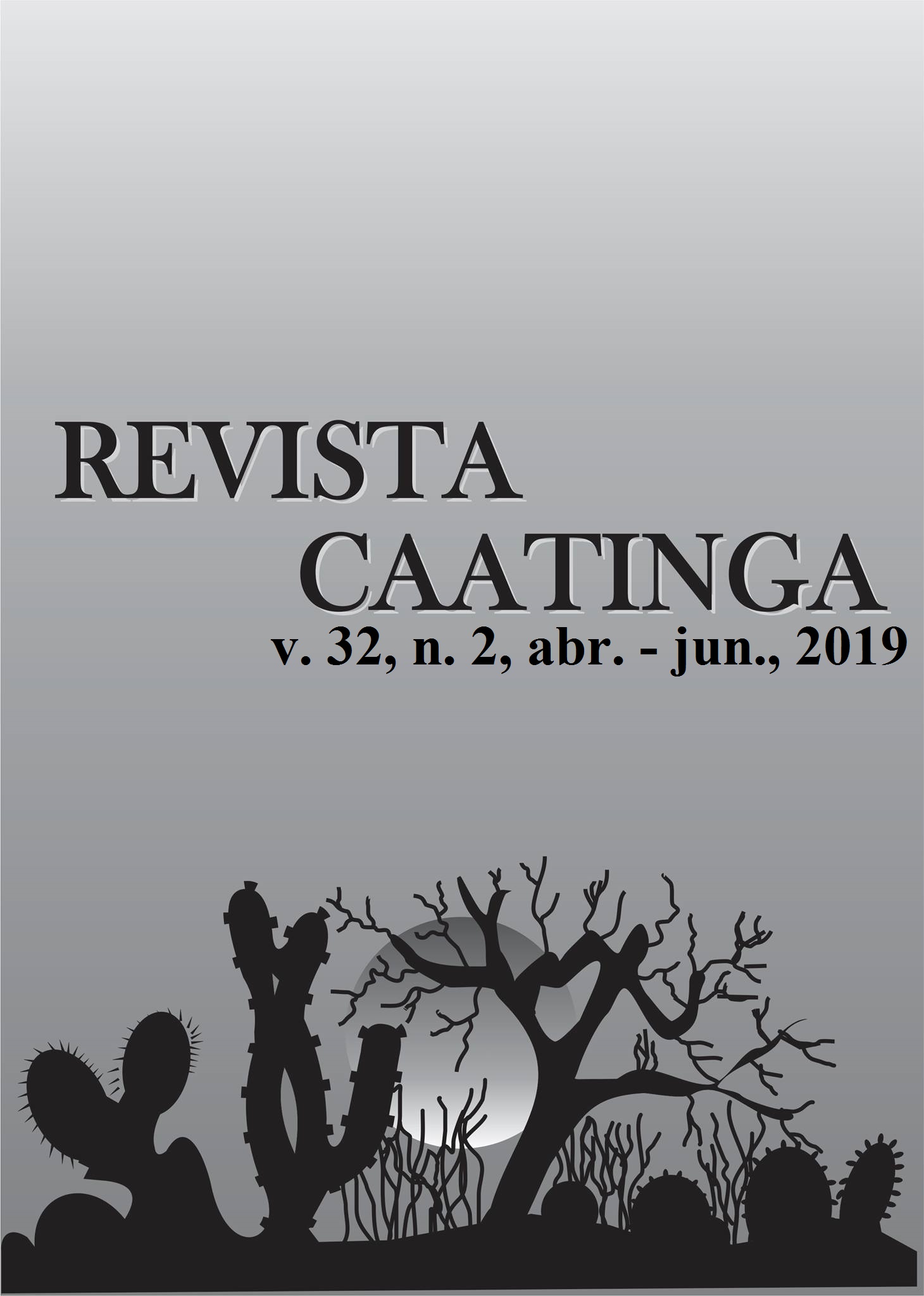ARBUSCULAR MYCORRHIZAL FUNGI IN SEEDLING FORMATION OF BARBADOS CHERRY (Malpighia emarginata D.C.)
DOI:
https://doi.org/10.1590/1983-21252019v32n210rcKeywords:
Inoculation. Mycorrhiza. Vegetative propagation.Abstract
The use of beneficial microorganisms such as arbuscular mycorrhizal fungi (AMF) may favor both the growth phase and the stabilization of the seedlings after transplantation. The aim of this study was to evaluate the effect of inoculation of different AMF species on the development of Barbados cherry seedlings from herbaceous and semi-hardwood cuttings. Softwood and semi-hardwood cuttings, previously rooted, were planted in 500 ml tubes filled with Plantmax® substrate and inoculated with three species of mycorrhizal fungi (Gigaspora margarita - Gimarg, Claroideoglomus etunicatum - Claetun and Glomus clarum - Glclar) isolated and combined (Gimarg + Claetun, Gimarg + Glclar, Claetun + Glclar and Gimarg + Claetun + Glclar). The statistical design was completely randomized in factorial scheme 2 x 8 (two types of cuttings and eight types of inoculation, including control without AMF inoculation) with ten replications. The seedlings were kept in a greenhouse for 100 days and height was measured every 15 days to determine the absolute and relative growth rate (AGR and RGR). At the end of the experiment the seedlings were sacrificed and determined height, fresh and dry shoot mass and root and mycorrhizal colonization rate. The results indicate potential for production of Malpighia emarginata D.C. seedlings inoculated with AMF with tendency to reduce the time for transplanting. The Gimarg + Claetun combination promoted higher rates of absolute growth and height of seedlings from herbaceous cuttings. The species Glomus clarum, isolated or associated with C. etunicatum, promoted higher colonization rates in herbaceous and semi-hardwood seedlings, respectively.
Downloads
Downloads
Published
Issue
Section
License
Os Autores que publicam na Revista Caatinga concordam com os seguintes termos:
a) Os Autores mantêm os direitos autorais e concedem à revista o direito de primeira publicação, com o trabalho simultaneamente licenciado sob a Licença Creative Commons do tipo atribuição CC-BY, para todo o conteúdo do periódico, exceto onde estiver identificado, que permite o compartilhamento do trabalho com reconhecimento da autoria e publicação inicial nesta revista, sem fins comerciais.
b) Os Autores têm autorização para distribuição não-exclusiva da versão do trabalho publicada nesta revista (ex.: publicar em repositório institucional ou como capítulo de livro), com reconhecimento de autoria e publicação inicial nesta revista.
c) Os Autores têm permissão e são estimulados a publicar e distribuir seu trabalho online (ex.: em repositórios institucionais ou na sua página pessoal) a qualquer ponto antes ou durante o processo editorial, já que isso pode gerar alterações produtivas, bem como aumentar o impacto e a citação do trabalho publicado (Veja O Efeito do Acesso Livre).







